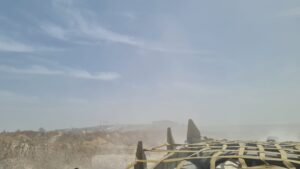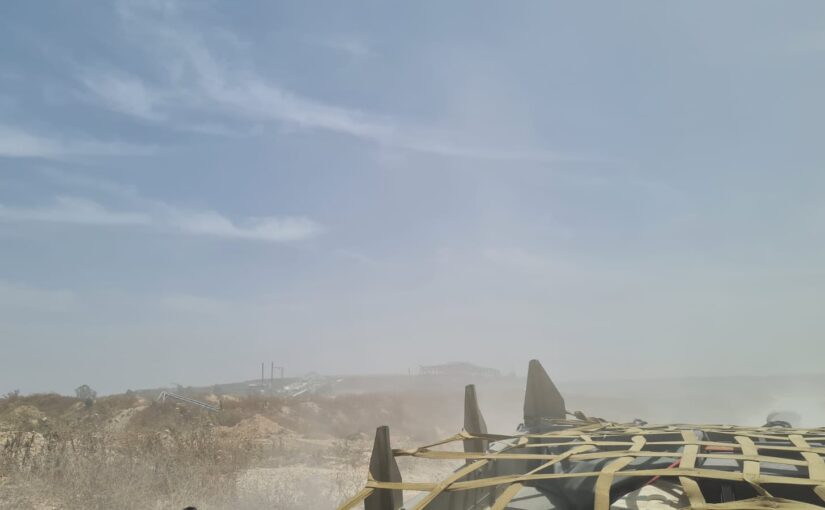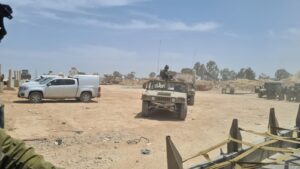Hi,
I wrote to you about the book I am a coward I am, in an earlier post when I told you I will take the position of my officer. The book tells the story of coward soldier in the Palmach during Israel Independence war (1948).
The soldier joins to the Palmach (which was the main originated force of the HaHagana (the Pre-military organization of the IDF). He was first part of the Teleprocessing Corps but when he meets a friend from school, he decides to join the friend company.
The company, and the soldier, take part in the western Negev fights and mainly in Hirbat Mahaz fights which was fierce fight against the Egyptian Army. The Egyptian army was better equipped, and used light armored vehicles, but was hold back by the Palmach fighters (one of the commanders in the fight was Gamal Abdel Nasser, later to become a president of Egypt).
Now, when I too fights in the western Negev, I find the book very relevant.
The clouds of the dust the ATV raise and penetrate each and every hole in your body (although we sleep inside a building and can at least have a clean floor underneath our feet).
The heat of the Negev desert and the files during the day (or mosquitoes during the night)
The joy of the seldom showers you take, and the depression when wearing back the filthy uniforms.
The combat nutrition food you get to eat, which are the same cans of food over and over again.
The convoy which is the only way of transportation to get the combat field. Back then, almost nobody had a car to get the fight. Today almost all have a car (I do not, as Aba sold the Berlingo the day I came back from the last period of reserve duty), but you cannot get to the post like we did in the north.
Take Care
Gad
 The clouds of dust the convoy raises as she goes through the west Negev
The clouds of dust the convoy raises as she goes through the west Negev


